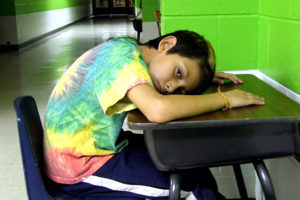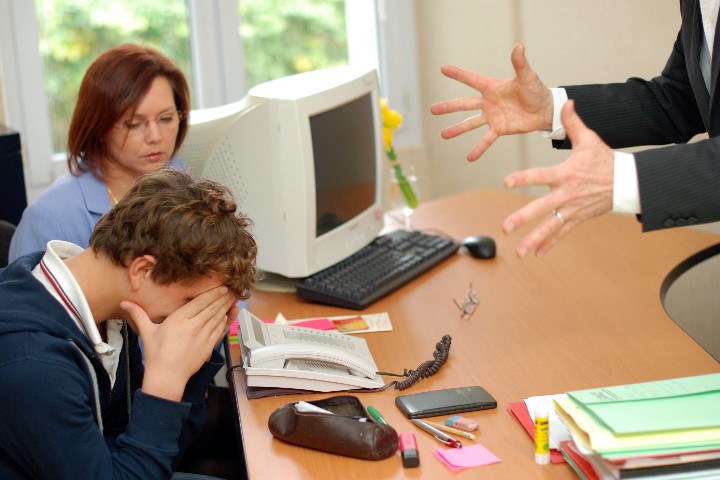Canadian schools are combating student discipline problems with restorative justice circles.


Canadian schools are combating student discipline problems with restorative justice circles.
In Fort Saskatchewan, social worker Tammy Palmondon uses “peace keeping circles” to prevent problems between students before they arise. Elementary students sit in a circle and listen to each other to help solve minor problems, a process that gives each child a voice and fosters trusting relationships and empathy, she told Global News.
“It’s about feeling closer to everyone in the classroom because one of the principles of restorative practice is that you are building empathy and compassion for other people. Because when you get to know somebody’s story then you can’t act towards them in a negative manner,” Palmondon said.
The circles—a central element of restorative justice practices—are also in play in Alberta schools, which use the discussions in lieu of suspension or expulsion. The restorative approach to student discipline is also becoming more popular in the United States because it’s based on repairing relationships between students, staff, and parents, and not on punitive consequences or zero tolerance policies.
“The idea of holding a conference where they can be directly accountable to the people that they harmed, they learn something. They learn how their actions impact others,” Caroline Gosling, a former Edmonton principal who now works as a restorative justice practitioner.
Gosling and her colleagues met for the 11th Annual Restorative Justice Conference in Calgary in November to advise teachers on how to implement restorative justice practices. Gosling contends that helping students work through their problems is a better solution than forcing them out of school for days or weeks.
“In my experience, suspensions don’t really teach anything. At best they are a three day holiday and at worst, we are sometimes sending kids back to a situation that is unsafe,” she said, according to Global News. “They don’t learn anything and nothing changes when they come back.”
Gosling said her experience as a principal proves “it works.”
“I’ve always worked in schools where suspending children wasn’t an option because it wasn’t safe,” she said. “And so this was the go-to option for resolving conflict and I saw huge changes in kids’ behavior.”
James Davison Hunter, founder of the Institute for Advanced Studies in Culture at the University of Virginia, lamented the inaccurate notion of individuals as isolated and not socially connnected in his book, The Death of Character.
“Unencumbered by prior obligations, commitments, and relationships, the [false conception is that a] person is capable of creating, out of no other resources than his or her mind and emotions, the ethical and moral justification to which he or she is committed,” Hunter wrote.
Educators use the circles to force students to hear the pain and offenses they’ve caused others, and help students to find the desire to change and to reconcile with those they’ve harmed.
Fort Saskatchewan’s Palmondon said he recently resolved a conflict between three boys in a circle that involved their parents, teachers, and principal, who all provided context on how the issues impacted others.
“Everybody learned more about the perspective of the other person that they didn’t realize before and the impact,” she said. “They thought it was just between me and him but really there were three people involved and beyond that the parents were affected and so was the whole school.”
The Edmonton Youth Justice Committee Society “contributes to safer communities by providing support to young persons who accept responsibility for their actions and make amends.”
Educators can also consider tips from Fania Davis, co-founder of the Restorative Justice for Oakland Youth, about implementing restorative justice practices in schools.